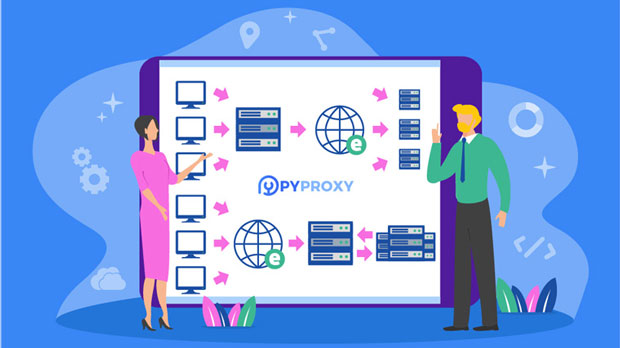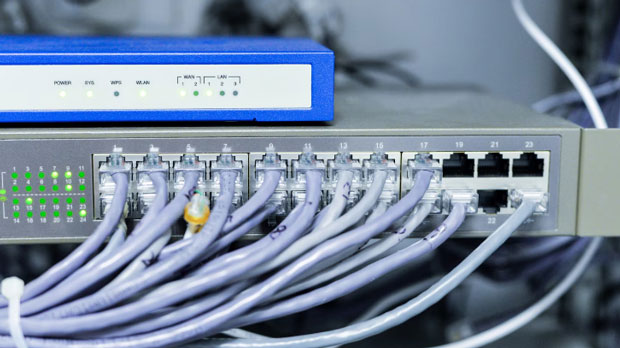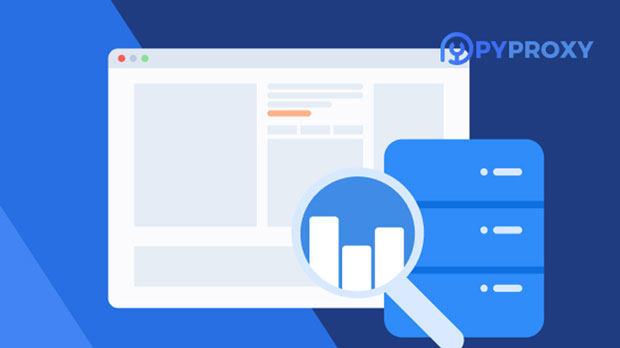Why is there a delay problem when using the IP address of the free proxy server?
When using free proxy servers, one of the most common problems users face is latency. Latency, in simple terms, refers to the delay in the transmission of data between the user and the server. This issue can significantly impact online activities like browsing, streaming, and gaming, leading to slow connections, buffering, and frustrating experiences. While proxy servers are designed to help mask users’ IP addresses and provide anonymity, free proxies often come with hidden drawbacks that directly contribute to latency. This article will delve into the reasons behind latency when using free proxy servers and why such issues arise, offering a detailed analysis of the factors at play. Understanding Latency in Proxy ConnectionsBefore diving into the reasons for latency, it’s crucial to understand what latency is and how it affects internet performance. Latency refers to the time it takes for a data packet to travel from the source (user’s device) to its destination (server and back). In the context of using a proxy server, this delay occurs when the user's request to access a website or service is routed through the proxy server before reaching the intended destination. High latency means that this round-trip data exchange takes longer, resulting in slower response times.Latency is usually measured in milliseconds (ms), and the lower the latency, the better the connection. However, when using free proxy servers, several factors contribute to increased latency, impacting overall user experience.Reasons for Increased Latency in Free Proxy Servers1. Server Overload and Limited ResourcesOne of the primary reasons why free proxy servers cause latency is server overload. Since these proxy servers are available to a large number of users, the available bandwidth and server resources become shared. In situations where numerous users are trying to access the proxy server simultaneously, the server's processing power is stretched thin, leading to delays in data transmission.In the case of paid proxy services, the number of users per server is often much lower, which helps in maintaining faster and more efficient connections. Free proxies, on the other hand, do not have this luxury, and as a result, the servers can become congested with too many requests, increasing the delay for every user connected to them.2. Poor Server InfrastructureAnother reason for latency is the subpar infrastructure of many free proxy servers. These servers often lack high-quality hardware and network connections, which are necessary for fast data transfer. Free proxy services usually operate on minimal budgets, meaning they can’t invest in robust infrastructure or high-capacity servers.As a result, users connecting to free proxy servers may experience slow connections, higher packet loss, and frequent disconnections. Additionally, the physical location of the server also plays a role. If the server is located far from the user, it will naturally take longer for the data to travel, further contributing to latency issues.3. Unstable or Shared ConnectionsFree proxy servers often rely on shared connections, meaning multiple users share the same connection path to access the internet. This shared usage can lead to packet delays, resulting in high latency. When one user’s activity (like large downloads or streaming) consumes excessive bandwidth, it can negatively affect all other users on the same proxy server.For example, if one person is streaming a high-definition video while another is browsing the web, the video streamer’s data demands may slow down the other user’s connection. As a result, the browsing user experiences noticeable delays.4. Geographical Distance from Proxy ServersThe location of the free proxy server can significantly impact latency. If the server is located far away from the user’s physical location, it can result in longer round-trip data times. Free proxies tend to have limited server locations, and these are often far from the user’s region to save on costs, which directly increases the distance that data must travel.For instance, if a user in Asia is connecting to a free proxy server in the United States, the data has to traverse a long distance across the globe. The greater the physical distance, the higher the latency.5. Limited Bandwidth and SpeedMost free proxy servers provide limited bandwidth to users, which directly affects the speed at which data can be transmitted. When using a free proxy, users often experience slower speeds, which leads to longer delays when accessing websites or downloading files. This limitation can cause frustration, especially when trying to engage in activities that require high-speed internet, such as streaming videos, online gaming, or video conferencing.In contrast, paid proxy services usually offer higher bandwidth and faster speeds, allowing users to access content with fewer delays.6. Lack of Optimization and MaintenanceFree proxy servers are often poorly maintained and not optimized for maximum performance. Since they are provided for free, the providers may not invest the necessary time and resources to ensure the servers are running efficiently. As a result, outdated software, unoptimized routing paths, and poor configuration can all contribute to increased latency.Regular maintenance and updates are crucial for ensuring a proxy server’s smooth operation. Paid proxy services usually prioritize these aspects, ensuring faster and more reliable performance compared to free alternatives.7. Security and Encryption OverheadMany free proxy servers offer a basic level of encryption to protect user data. However, this encryption can contribute to latency. Encryption and decryption processes add an extra layer of computational work for the proxy server, which increases the time it takes to process requests and return data to the user. In many cases, free proxies do not have the computational power needed to handle these processes efficiently, resulting in noticeable delays.While security is an important consideration, users of free proxies may experience slower speeds as a consequence of the additional encryption overhead.Strategies to Mitigate Latency with Free ProxiesWhile there are several reasons why free proxy servers lead to increased latency, there are a few strategies users can try to minimize the impact:- Choose a Proxy with a Nearby Server: Selecting a proxy server located closer to your geographical region can reduce the distance data has to travel, thereby lowering latency. - Limit Concurrent Users: If possible, use a free proxy during off-peak hours when fewer users are online. This reduces server congestion and can help improve connection speeds. - Use Lightweight Websites or Applications: Reducing the amount of data being transmitted by using lightweight versions of websites or apps can alleviate some of the burden on the proxy server.- Switch Proxies Regularly: If you notice high latency with a particular free proxy server, try switching to another one. Some proxies may perform better than others depending on their load and server health.ConclusionUsing free proxy servers may seem like an easy and cost-effective solution for enhancing privacy and anonymity online, but they come with significant drawbacks, especially when it comes to latency. Server overload, poor infrastructure, long distances, and limited resources all contribute to the delays users experience. While it is possible to mitigate some of these issues through careful server selection and optimization, the best solution to avoid latency is often to invest in a reliable and well-maintained proxy service. However, understanding these factors allows users to make informed decisions about when and how to use free proxies without compromising their online experience.
2025-01-27

























































